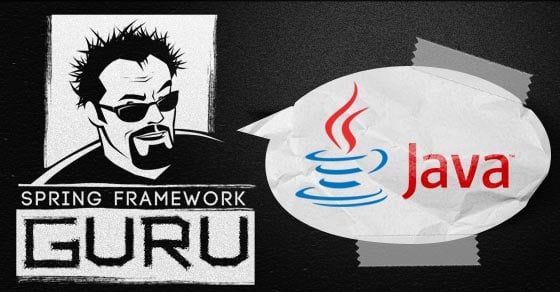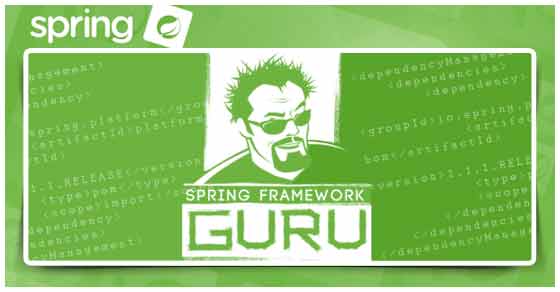Java HashMap vs Hashtable
In Java, the HashMap and HashTable are both data structures that store data in key value pairs. When you store data in these, the key value is hashed, then is used as an index for fast access to the stored data. HashMap vs Hashtable HashMap Hashtable Introduced in Java 1.2 Introduced in Java 1.0, considered […]Continue reading






